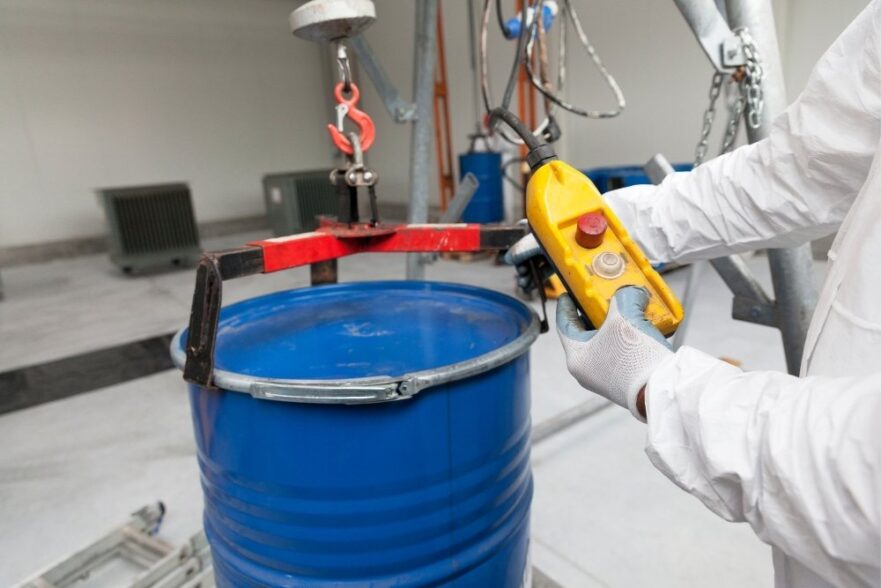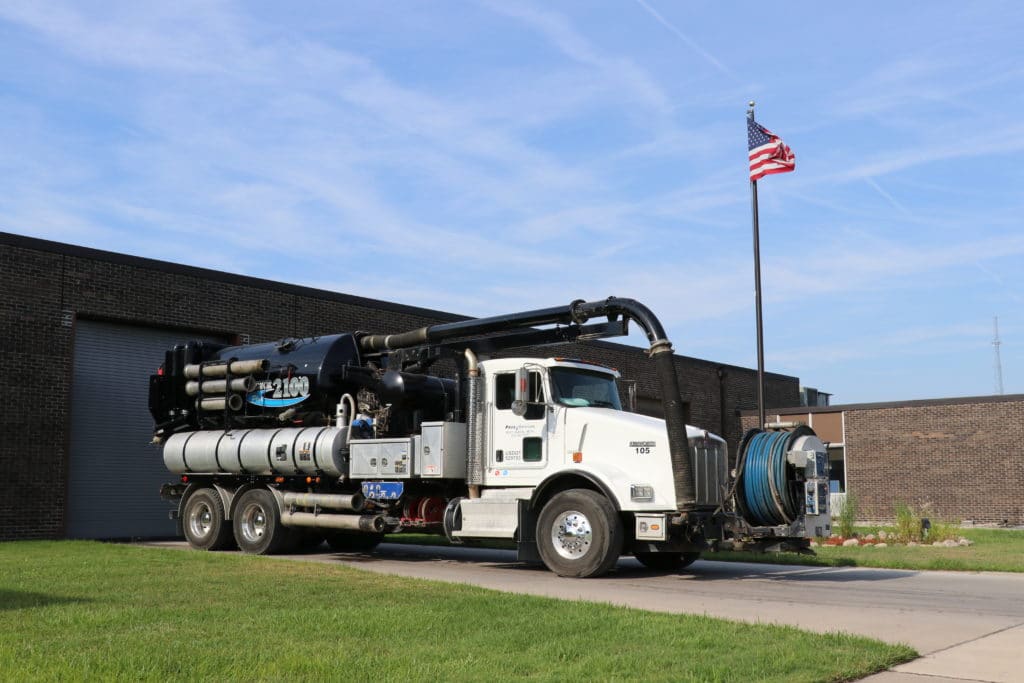Reputable Liquid Waste Disposal Melbourne: Safe and Reliable Services
Reputable Liquid Waste Disposal Melbourne: Safe and Reliable Services
Blog Article
Just How Fluid Garbage Disposal Functions: A Detailed Review of Methods and Technologies Employed

Summary of Fluid Waste Kind
The complexity of fluid waste kinds requires an extensive understanding of their attributes and effects for disposal. Fluid waste can generally be classified into a number of types, including commercial, metropolitan, farming, and harmful waste. Each classification displays unique residential properties, needing certain administration approaches to minimize ecological and health and wellness risks.
Industrial fluid waste stems from producing processes and often contains a series of pollutants, such as heavy steels, solvents, and organic compounds. Municipal fluid waste, mainly comprising wastewater from houses and industrial establishments, has natural matter, nutrients, and virus (industrial wastewater treatment). Agricultural fluid waste, including runoff from ranches, may contain plant foods, pesticides, and animal waste, positioning threats to water top quality and environments
Hazardous fluid waste is characterized by its poisoning, reactivity, or possible to trigger harm. This group includes substances like acids, bases, and specific chemicals that necessitate rigid handling and disposal protocols. Understanding these varied liquid waste kinds is vital for developing reliable disposal techniques and ensuring conformity with environmental guidelines. Proper category and characterization are important for applying appropriate therapy strategies and lessening the adverse effects on public wellness and the environment.
Physical Therapy Methods

Screening is the initial step, where bigger bits and particles are gotten rid of from the liquid waste using displays or grates. In sedimentation storage tanks, heavier fragments clear up at the bottom, creating a sludge layer, while the cleared up liquid can be more treated.
Purification is one more vital method that entails passing the liquid via porous products, such as sand or membrane layers, to capture smaller sized fragments. This action improves the quality of the fluid, making it suitable for succeeding treatment procedures.

Chemical Treatment Strategies
Chemical treatment strategies are vital for effectively taking care of liquid waste, specifically in dealing with liquified and colloidal contaminants that physical techniques may not effectively remove. These strategies use numerous chemical agents to neutralize, speed up, or change dangerous materials right into less dangerous forms.
One usual method is coagulation and flocculation, where chemicals such as alum or ferric chloride are included in advertise the aggregation of put on hold bits. This procedure enhances sedimentation, enabling for much easier removal of the resulting sludge. In addition, oxidation procedures, using representatives like chlorine or ozone, are employed to damage down intricate organic substances and pathogens, making the waste much safer for discharge or more treatment.
Neutralization is an additional essential method, which readjusts the pH of acidic or alkaline waste streams to neutral degrees, preventing prospective damage to downstream systems and the setting. In addition, progressed oxidation processes (AOPs) utilize combinations of oxidants and ultraviolet light to deteriorate consistent contaminants, attaining a greater degree of therapy effectiveness.
Organic Treatment Procedures
Organic treatment processes play an important role in the monitoring of fluid waste by making use of microbes to decompose raw material and lower impurity degrees. These procedures can be extensively categorized right into anaerobic and cardio therapies, each utilizing certain microbial neighborhoods to accomplish effective waste degradation.
Aerobic therapy includes making use of oxygen to assist in the break down of organic products by bacteria. This procedure is frequently carried out in triggered sludge systems, where aeration storage tanks offer a conducive environment for microbial development, bring about the oxidation of natural contaminants. The resultant biomass can be separated from dealt with effluent via sedimentation.
In contrast, anaerobic treatment takes place in the lack of oxygen, depending on different microorganisms to break down organic issue. This technique is particularly advantageous for high-strength waste, as it produces biogas, a sustainable power resource, while reducing sludge manufacturing. Technologies such as anaerobic digesters sites are often used in commercial and local applications.
Both anaerobic and cardio biological therapies not just minimize the ecological impact of fluid waste however also promote resource recuperation, making them crucial elements of lasting waste administration techniques. Their efficiency, flexibility, and effectiveness support their prevalent implementation across numerous fields.
Emerging Technologies in Disposal
Ingenious techniques to fluid waste disposal are quickly advancing, driven by developments in innovation and an increasing emphasis on sustainability. Among these arising modern technologies, membrane bioreactors (MBRs) have actually obtained grip for their ability to combine biological treatment with membrane layer filtering, causing premium effluent that can be reused in different applications. MBRs make it possible for smaller sized impacts and more efficient operations compared to traditional systems.
Another appealing advancement is using anaerobic food digestion integrated with nutrient healing innovations, which not only treats liquid waste but also generates biogas and recovers valuable nutrients like nitrogen and phosphorus. This dual advantage boosts source performance and minimizes ecological effect.
Furthermore, advanced oxidation procedures (AOPs) are being taken on for the destruction of intricate organic contaminants. These methods utilize effective oxidants and stimulants to damage down impurities at the molecular degree, supplying a highly effective solution for tough waste streams.
In addition, the assimilation of man-made intelligence and device knowing in waste management systems is optimizing functional effectiveness and predictive upkeep, causing decreased prices and enhanced environmental conformity. These innovations show a significant change towards even more sustainable and reliable fluid garbage disposal practices.
Verdict
In final thought, reliable fluid waste disposal necessitates a detailed understanding of click here to find out more numerous techniques and technologies. By constantly progressing these techniques, it becomes possible to deal with the expanding obstacles linked with fluid waste, ultimately contributing to environmental security and resource healing.
Fluid waste disposal is a crucial element of environmental administration, calling for a thorough understanding of numerous techniques and technologies tailored to different waste types. Liquid waste can broadly be categorized right into a number of kinds, consisting of commercial, metropolitan, farming, and unsafe waste. Agricultural fluid waste, consisting of runoff from farms, may include plant foods, chemicals, and pet waste, presenting dangers to water high quality and ecological communities.
Numerous physical therapy approaches play a critical role in taking care of fluid waste properly - industrial wastewater treatment.In verdict, click for source effective liquid waste disposal necessitates a comprehensive understanding of various strategies and modern technologies
Report this page